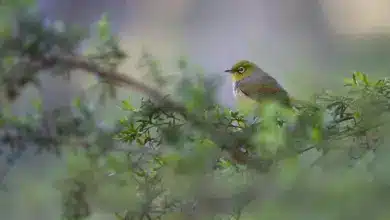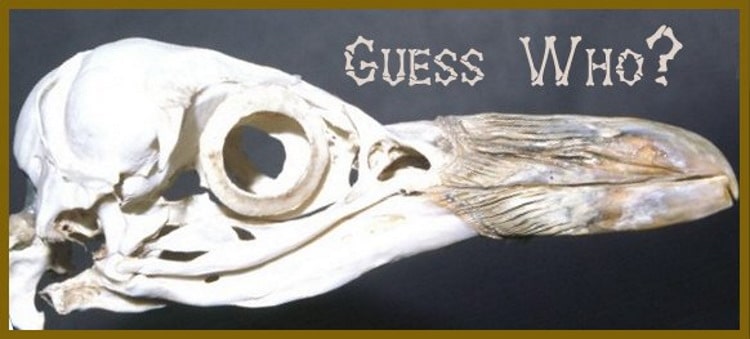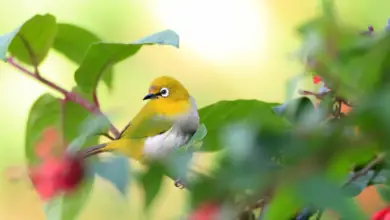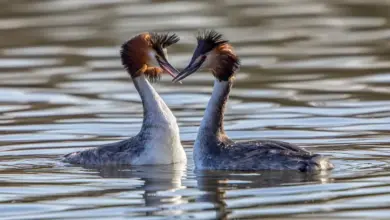The American Bitterns (Botaurus lentiginosus) is a wading bird.
Distribution / Habitat
Although common in much of its range, the American Bittern is usually well-hidden in bogs, marshes, and wet meadows. Usually solitary, it walks stealthily among cattails or bullrushes. If it senses that it has been seen, the American Bittern becomes motionless, with its bill pointed upward, causing it to blend into the reeds. It is most active at dusk. More often heard than seen, this bittern has a call that resembles a congested pump.
This bittern winters in the southern United States and Central America. It summers throughout Canada and much of the United States. As a long-distance migrant, it is a very rare vagrant in Europe, including Great Britain and Ireland.
No subspecies are accepted today. However, fossils found in the Ichetucknee River, Florida, and originally described as a new form of heron (Palaeophoyx Columbiana; McCoy, 1963) were later recognized to be a smaller, prehistoric subspecies of the American Bittern which lived during the Late Pleistocene (Olson, 1974) and would thus be called B. l. Columbians.
This bird’s numbers have declined in the southern parts of its range due to habitat loss.
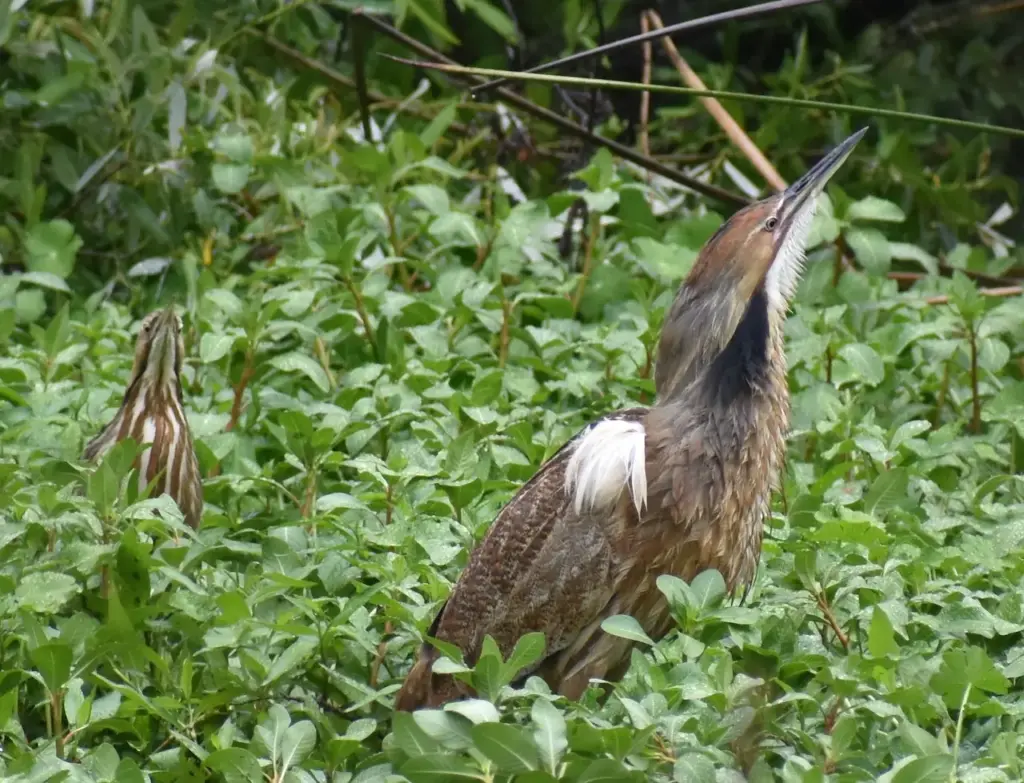
Description
It is a large, chunky, brown bird, very similar to the Eurasian Great Bittern, Botaurus stellaris. It is 59-70 cm (23-27 inches) in length, with a 95-115 cm (37 – 45 inch) wingspan.
Breeding / Nesting
The American Bitterns nest in isolated places. The female builds the nest and the male guards it. The average clutch consists of two or three eggs, which are incubated by the female for 29 days. The chicks leave after 6-7 weeks.
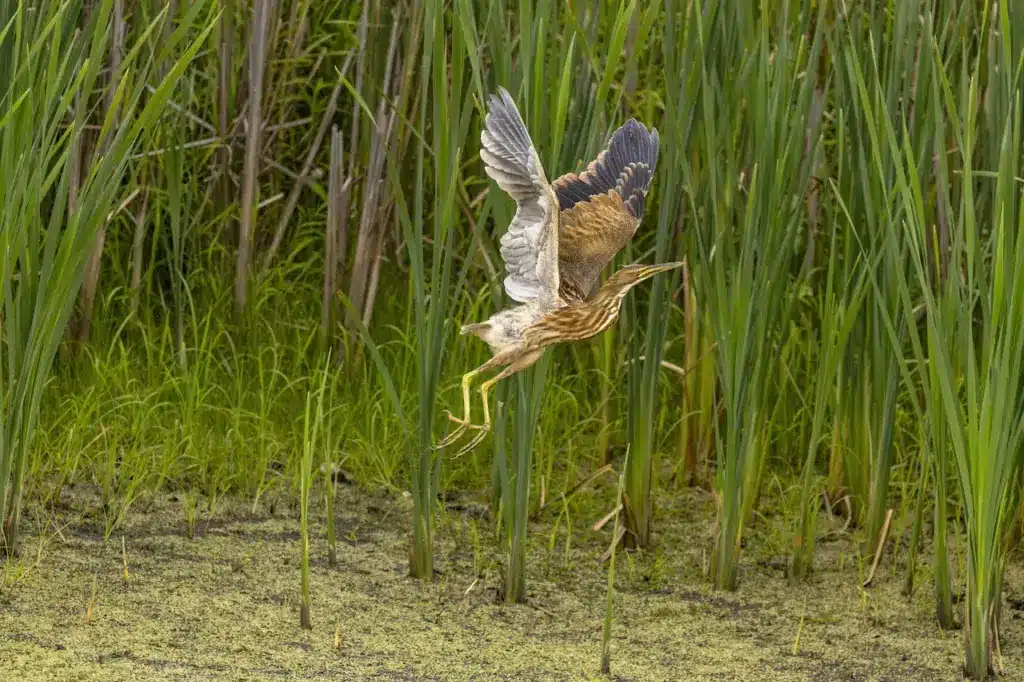
Diet / Feeding
The American Bitterns mostly feed in marshes and shallow ponds on amphibians, fish, insects, and reptiles.
Call / Song
This species has a distinctive call made by inhaling and exhaling large quantities of air.


